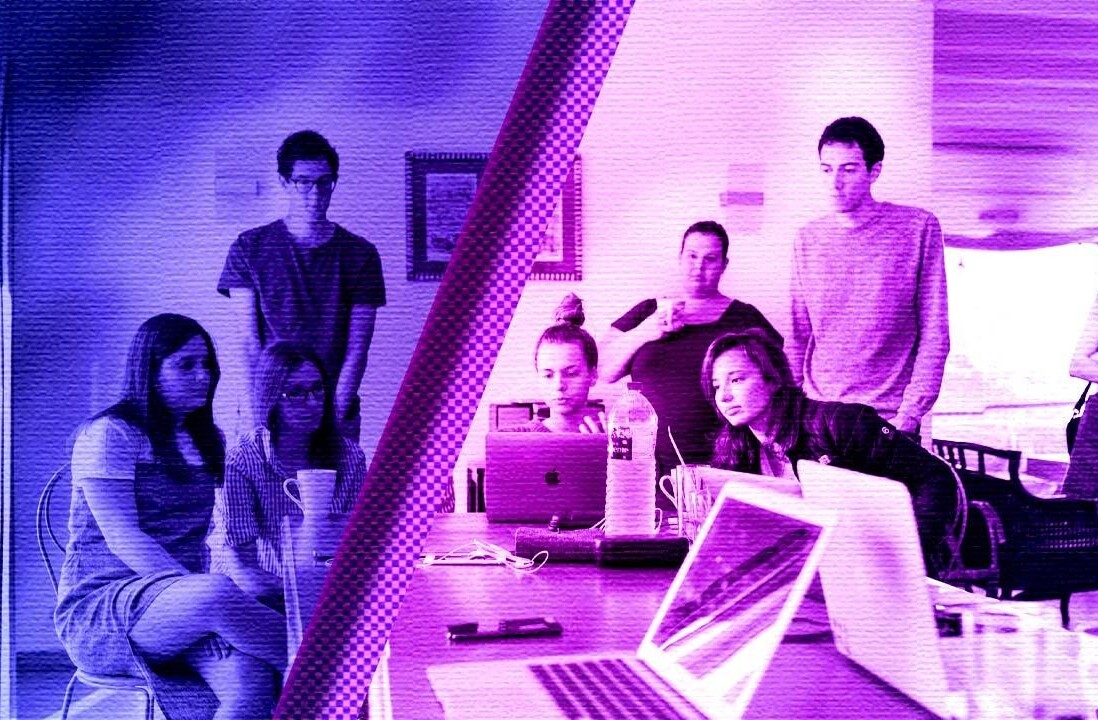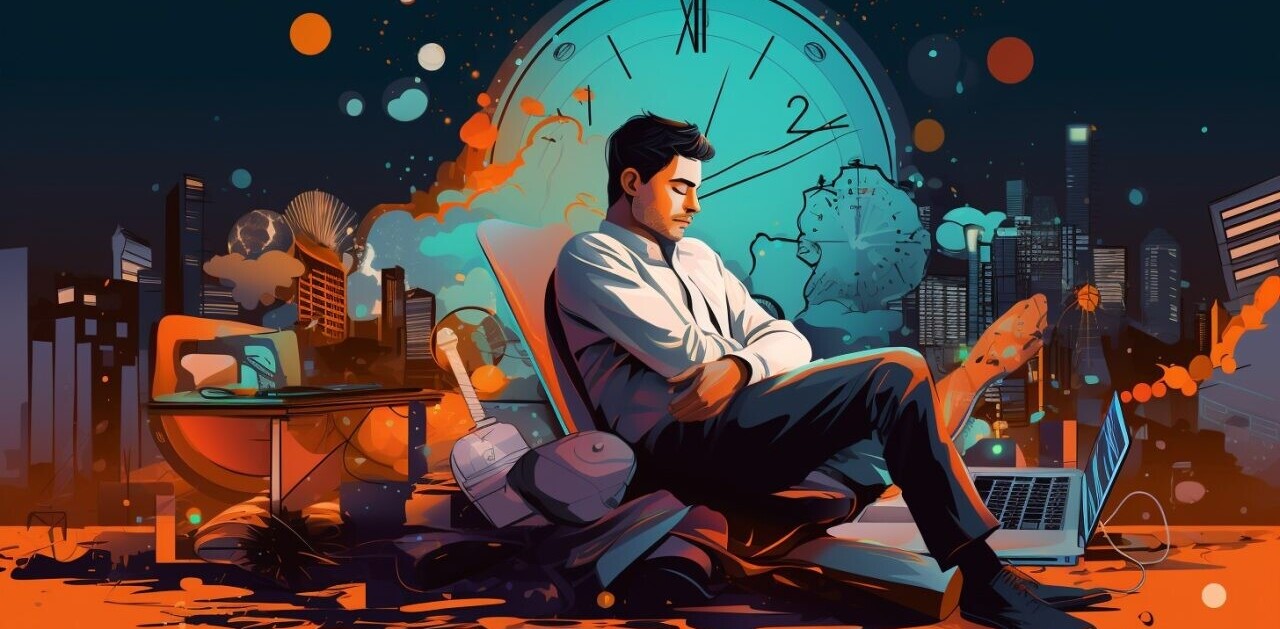
Adam Benzion is the founder of Entirely—a Seattle startup focused on social innovation, keen on connecting more people in more places to create special things together.
I needed a logo for my new startup. I’ve tried telling myself it doesn’t really matter, it’s just a logo, but the truth is that I’ve been obsessing about it for weeks now. Every company needs an eye-catching, memorable logo, and my main issue was never the design. For me, that part is easy.
I wanted more ideas, better ideas than mine, a fresh pair of eyes, something unusual, provocative, a misfit that just fits. I figured I’d turn to crowdsourcing for help.
Getting started with crowdsourcing
I paid $799 to 99Designs, described what I liked, gave specific examples of logos that made me smile, gave input on what I didn’t like, selected colors, textures, and purpose, and I was on my way.
Submissions started to pour in almost instantly, and in the beginning it was really exciting. It was like opening a colorful Christmas gift with every new submission.
But a couple of days into it, I was dumbfounded by what I saw. The creative spark I was looking for was almost non-existent, and instead I was just getting repetition. Maybe because my startup’s name is Entirely; most designers—literally more than half—seemed to be inspired by the previously tolerated Microsoft Internet Explorer logo, circa 2006.
And since the competition is open and all designers can see each other’s work, there was very little originality. It was a race to the bottom.
When the competition came to an end, 659 logos had been submitted. Assuming at least one hour of work spent on each, I have taken away 82 business days from the universe of work! That’s a lot of coffee and fluorescent lights.
Sadly, that also means that I’ve wasted a lot of people’s time.
Did crowdsourcing fail me or did I fail it?
The answer is both, and looking back it’s pretty simple to see why.
First, any time you bring in someone to work on a task, you want to get the right person for the job. It doesn’t matter whether it’s a plumber that comes to your house to fix that leaky faucet to the new VP of Marketing who sold you on “Ninja Social Skills.” For jobs requiring creativity, a single person with the right dexterity (let’s go nuts and take Sir Jony Ive as an example) is probably going to be more of a sure thing than 100,000 unknowns.
Assuming that numbers can cure your creativity problem is a fallacy. It winds up being more like playing the lottery.
But if you know exactly what you are looking for, and simply need assistance in executing precise ideas, crowdsourcing can be a wonderful option.
But if you are looking for something more cognitive, there is no escaping working with real artists—designers with actual portfolios—on places like Dribbble and Adobe’s Behance network. It will cost you a lot more, but you will get what you want at the end.
Crowdsourcing: You’re doing it wrong
This post by no means knocks 99designs or similar services. Crowdsourcing is here to stay and is a very powerful concept, but it has to mature.
In the meantime, here are three tips on how to survive and benefit from the crowdsourcing maze:
- Know what you want to build, what qualities you’re looking for, and articulate it well.
- Focus on the don’ts more than the do’s, and find a way to categorize derailed ideas so you can spot your don’ts more easily.
- Most importantly, solve a design problem, not a creativity blocker.
Give crowdsourcing a try. It’s practically free, and you might win the design lottery.
But the bottom line, I’ve learned, is that there is no substitute for creativity and creative partnerships. It’s hard work, a process of discovery which promises great results but usually requires patience and loads of communication.
Have fun exploring it. You will be better for it in the future.
Top image credit: Shutterstock/ouh_desire
Editor’s Note: This post has been updated to remove an erroneous reference to a 99designs-run community contest to design a new Gap logo. This contest was not organised by Gap.
Get the TNW newsletter
Get the most important tech news in your inbox each week.





